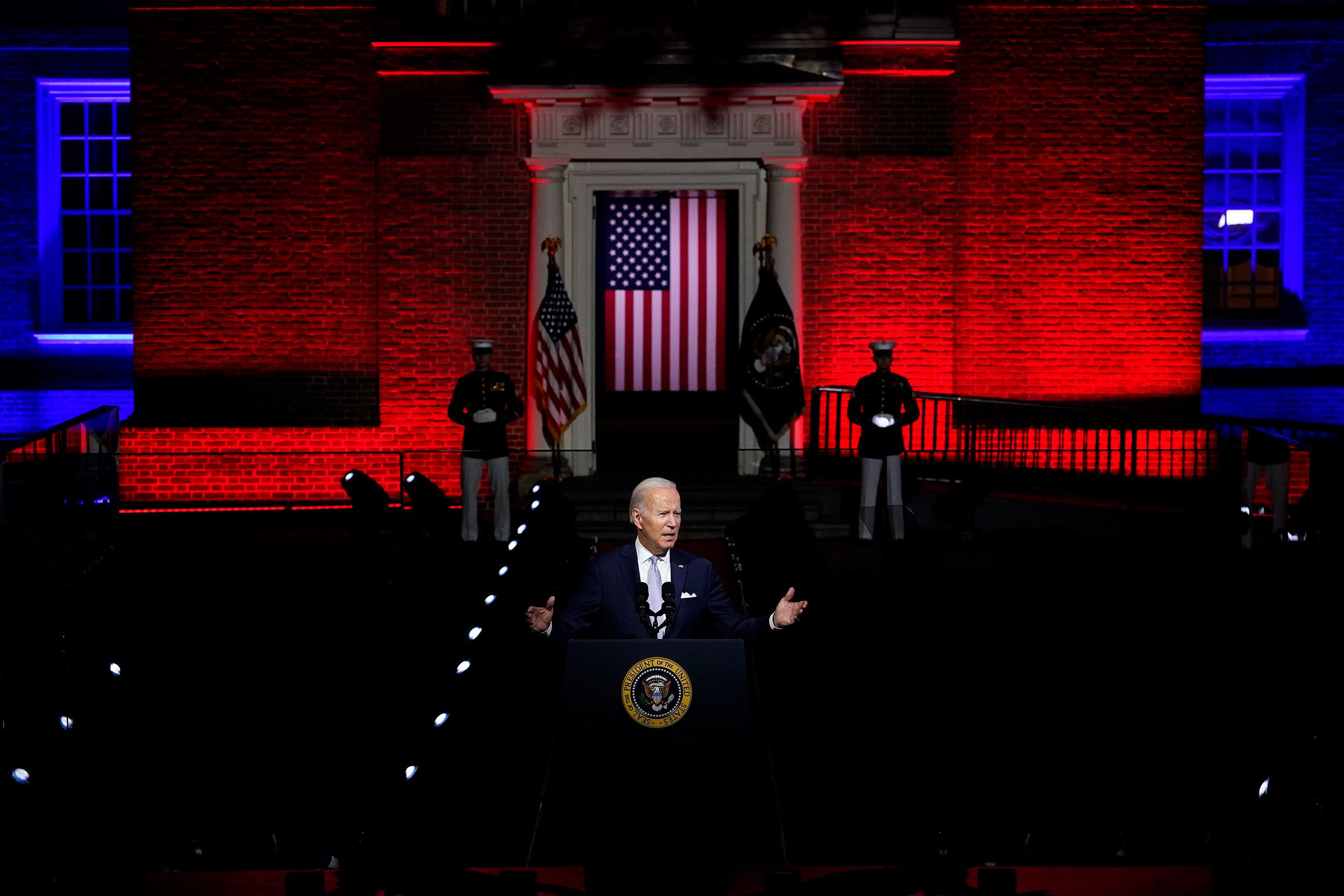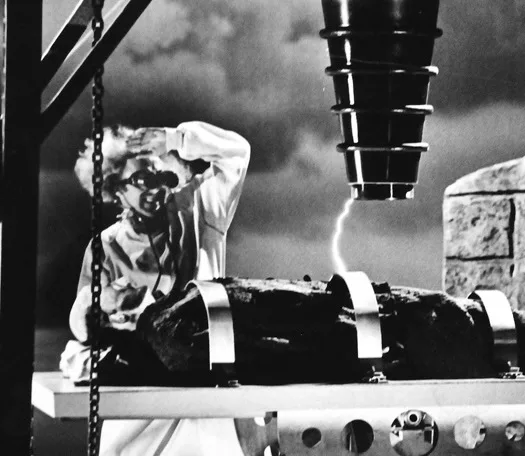Yes, another school year is almost upon us. Summer flies by, doesn’t it? You teachers know exactly what I mean. This really is the calm before the storm, in terms of the education environment. There aren’t a lot of controversies, at least not presently for the coming school year. The districts are flush with cash and, in many cases, still scrambling with what to do with all that pandemic money the feds flooded the economy with.
Gannon has been put to bed, so there are no lawsuits pending. However, Kansas being Kansas, it’s likely it won’t be long until another one rears a litigating head. Be it the federal money “running out” or the bureaucracy not getting their “fully funded” special education money. After all, education lawsuits in Kansas are as predictable as the weather is unpredictable.
All that aside, here are five things to keep an eye on as the school year unfolds:
- State assessments

The annual state assessment scores from this spring will be released sometime during the fall. Chances are the scores will continue to be abysmally low, but watch for signs of euphoria on the part of Commissioner Watson and the state board if there are any signs of improvement. Any signs. Will they be trying to ignore/explain away if scores are no better, or will Commissioner Watson be leading board members in a conga line around the capitol building?
- NAEP scores
With a new schedule due to school closings, NAEP is now given in even number years. Prior to the pandemic NAEP was administered in odd number years. Like the state assessments, the 2024 NAEP results will be released likely before Thanksgiving. After the dismal performance of the 2022 results, both nationwide and particularly in Kansas, it’s hard to imagine the 2024 scores could be any lower. Expect Commissioner Watson and the state board to spin any improvement as testimony to the state’s commitment to student success. Is that another conga line on the horizon I see?
- Open Enrollment
In 2022, the Kansas Legislature passed an open enrollment law that allows students to leave their “home” district for another. That law takes effect this fall. Don’t expect a seismic shift in student enrollment, or for it to cause an “end of representative government” as was claimed by a state board member after the law passed.
Oh, and there’s a catch. Each district is required to post how many available ‘seats’ they have for interlopers wanting to switch. Districts are required to post the number of open enrollment seats available by May 1 for the next school year. And there are not many. For example, the Johnson County Blue Valley district has made available a whopping 86 open enrollment seats. And these are at only two schools – Aspen Grove Elementary (46) and Blue Valley Southwest High School (40). Blue Valley (USD 229) has an enrollment of over 21,000 students across 38 schools. In the state’s largest district – Wichita USD 259 – the open enrollment essentially mirrors Blue Valley. USD 259 has more than 80 schools with an enrollment of about 45,000. Yet they claim to have only room for 455 out-of-district students, about 1% of total student population. I think representative government will survive.

- Overall enrollment
The forced school closings during the COVID pandemic precipitated a drop in overall student enrollment at traditional public schools in Kansas. The official count day in September and the release of that data in the fall will reveal the state of enrollment in traditional public schools. Up? Down? About the same? We’ll find out in the coming months.
- Kansas Legislative Election
This November Kansas voters will elect a new Legislature (but not governor – the next gubernatorial election is 2026). This cycle has both the House and Senate on the ballot (House elections are every two years, the Senate seats are on the ballot every four years.) What impact a new Legislature has on education policy obviously is to be determined. In fact, with many House and Senate districts, the “real” election will be the primary taking place even as you may be reading this piece.
If the legislative make-up in terms of Republican/Democrat split remains essentially unchanged, the Republicans have a veto-proof majority – currently 85-40 in the House and 29-11 in the Senate. This gives the GOP the green light to finally get on board the expansion of school choice train, as so many other states have in the past 2 years.
Will legislators give parents more power in terms of their education choices? Will there be a move to introduce Education Spending Accounts? According to EdChoice there are currently 17 states with that parental empowering law.
Will there be a change in the way charter schools are authorized? The law in Kansas currently allows only school districts to authorize charters, which is the reason there are only about a dozen charter schools in the state even though charters have been allowed in the state for 30 years. Oh, yeah, and those dozen or so charter schools are nothing more than alternative schools within districts.
That reality violates the basic principle of charter schools which is to educate students outside the scope of traditional public schools. No charter school exists in Kansas that would qualify as an independent charter in the way education policy wonks have come to know them in Hollywood feelgood movies or documentaries like Waiting for Superman.
Or will a tax credit scholarship program similar to the one passed in Oklahoma gain legislative traction in Kansas?
Stay tuned. Some kind of storm will surely form.

David Dorsey – Kansas Policy Institute
David Dorsey is a Senior Education Policy Fellow with Kansas Policy Institute. His primary emphasis in this role is combining his time spent as a public school teacher with policy research on issues related to K-12 finance, student achievement, and education reform. Prior to joining KPI, David spent 20 years as a public school elementary teacher, seventeen in Kansas.




